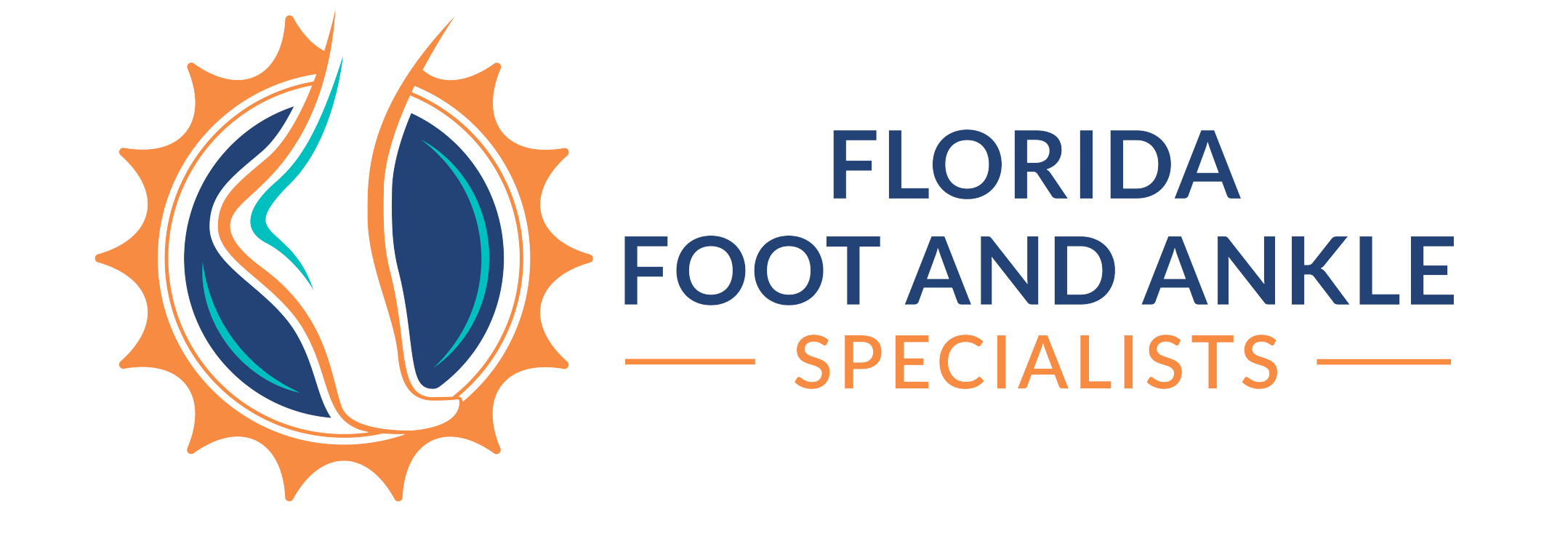
Foot Arthritis Podiatry Services
Experienced Podiatrists in Bradenton, Tampa, & Sarasota
Florida Foot and Ankle Specialists are dedicated to providing the best foot and ankle care available. Our board-certified podiatrist, Dr. Jason Spector has completed additional fellowship training in diagnosing and treating a wide range of foot, ankle, and lower leg disorders. Whether it’s routine preventive care, complex reconstructive surgery, or regenerative medicine, we employ the most advanced treatments to ensure our patients get the desired results.
Our practice is built upon the understanding that education is an integral part of effective treatment. We are committed to providing clear and comprehensive explanations about your foot or ankle conditions to ensure you’re well-informed before we discuss potential solutions. As part of our services, we offer comprehensive podiatry treatment options for Foot arthritis, tailored to your specific needs.
Above all, our team prioritizes your health, offering personalized and compassionate care designed to get you back on your feet swiftly, without compromising on quality. We foster an environment that pays close attention to your needs and are always ready to address any questions or concerns you may have regarding your foot or ankle condition. We’re here for you – every step of the way.
Call Us Now at 941-241-5333
Understanding Foot Arthritis
Arthritis, inflammation to a joint, can affect any joint of the ankle and foot. Osteoarthritis is characterized by a destruction of cartilage within a joint. This typically stems from repetitive stress on a joint that is breaking down.
It is a degenerative process and typically advances with age. Joint cartilage is the smooth, hard tissue that covers the end of the bones at the joint. This is essential for the normal function of a joint as it helps protect the bones during movement. When the cartilage is broken down, it can cause joint space narrowing, extra bone formation and cystic formation (pockets of fluid within the bone). When the bones are no longer covered by this smooth surface, mechanical rubbing will continue to precipitate inflammation and pain.
Types of Foot Arthritis
There are numerous forms of arthritis. The most common type in the foot is called osteoarthritis. Other forms include rheumatoid arthritis, psoriatic arthritis, reactive arthritis, septic arthritis, and gout to name a few.
Signs and Symptoms
This typically produces pain, swelling and warmth. It can eventually lead to destruction of the joint resulting in deformity, stiffness, decreased range of motion, and the inability to ambulate normally. Common reasons for development of osteoarthritis are trauma or underlying biomechanical abnormalities that precipitate increased strain on a joint.
Diagnosis & Treatment
Diagnosis typically starts with obtaining X-rays to evaluate the bony architecture of your feet. Advanced imaging studies such as CT or MRI are sometimes recommended after a thorough clinical evaluation is performed. Nonsurgical treatment is typically the first approach and can be effective to help relieve symptoms. As the arthritis continues to progress, surgery may become the recommended course of treatment.
Evaluation
Visiting Florida Foot and Ankle Specialists for an evaluation of foot arthritis can greatly impact the trajectory of your treatment and prognosis. Early evaluation is paramount to achieving better results, as it allows for the timely initiation of treatment strategies designed to alleviate pain, improve mobility, and prevent further joint damage. The team of podiatry experts is equipped with the knowledge and technology to conduct comprehensive assessments, accurately diagnose the severity of your foot arthritis, and devise personalized treatment plans. With early evaluation and intervention, they aim to enhance your quality of life, allowing you to enjoy your daily activities with minimal discomfort.
This site does not contain or provide medical/health advice. The medical/health information is provided for general information and educational purposes only and is not a substitute for professional advice. Accordingly, before taking any actions based upon such information, we encourage you to consult with the appropriate professionals. The use or reliance of any information contained on this site is solely at your own risk.
